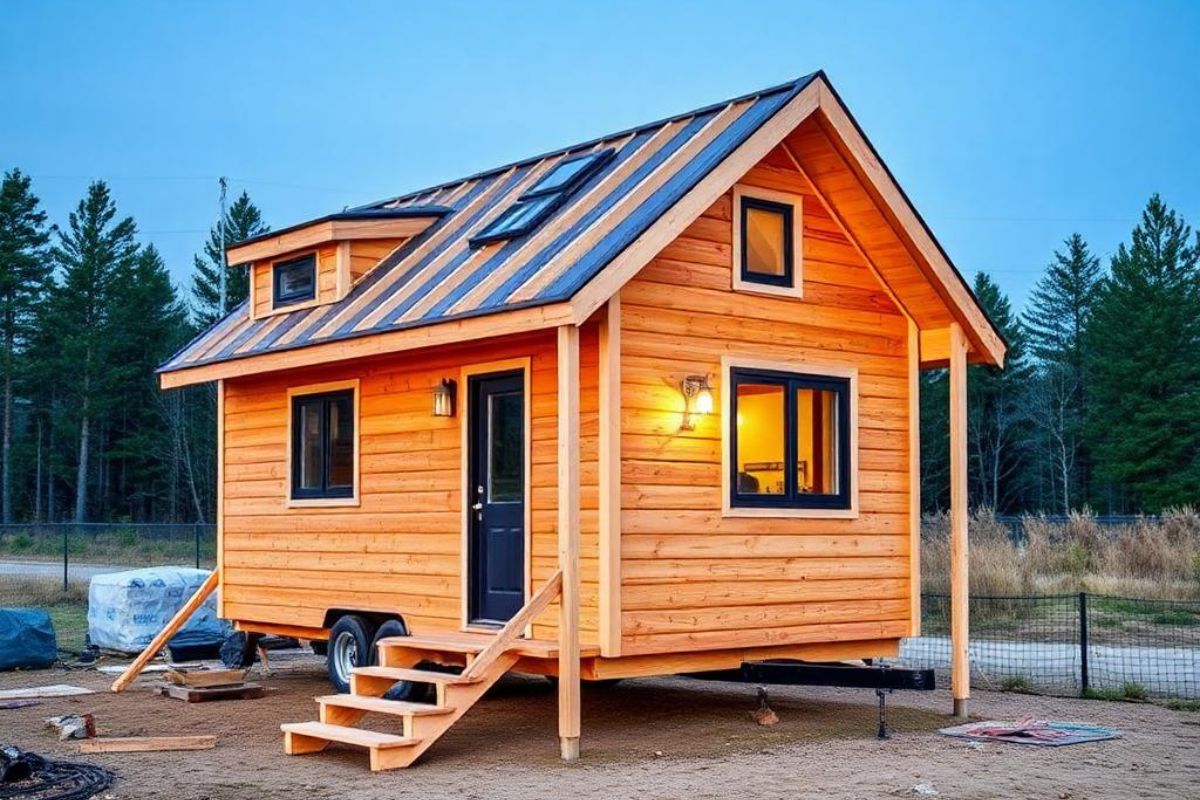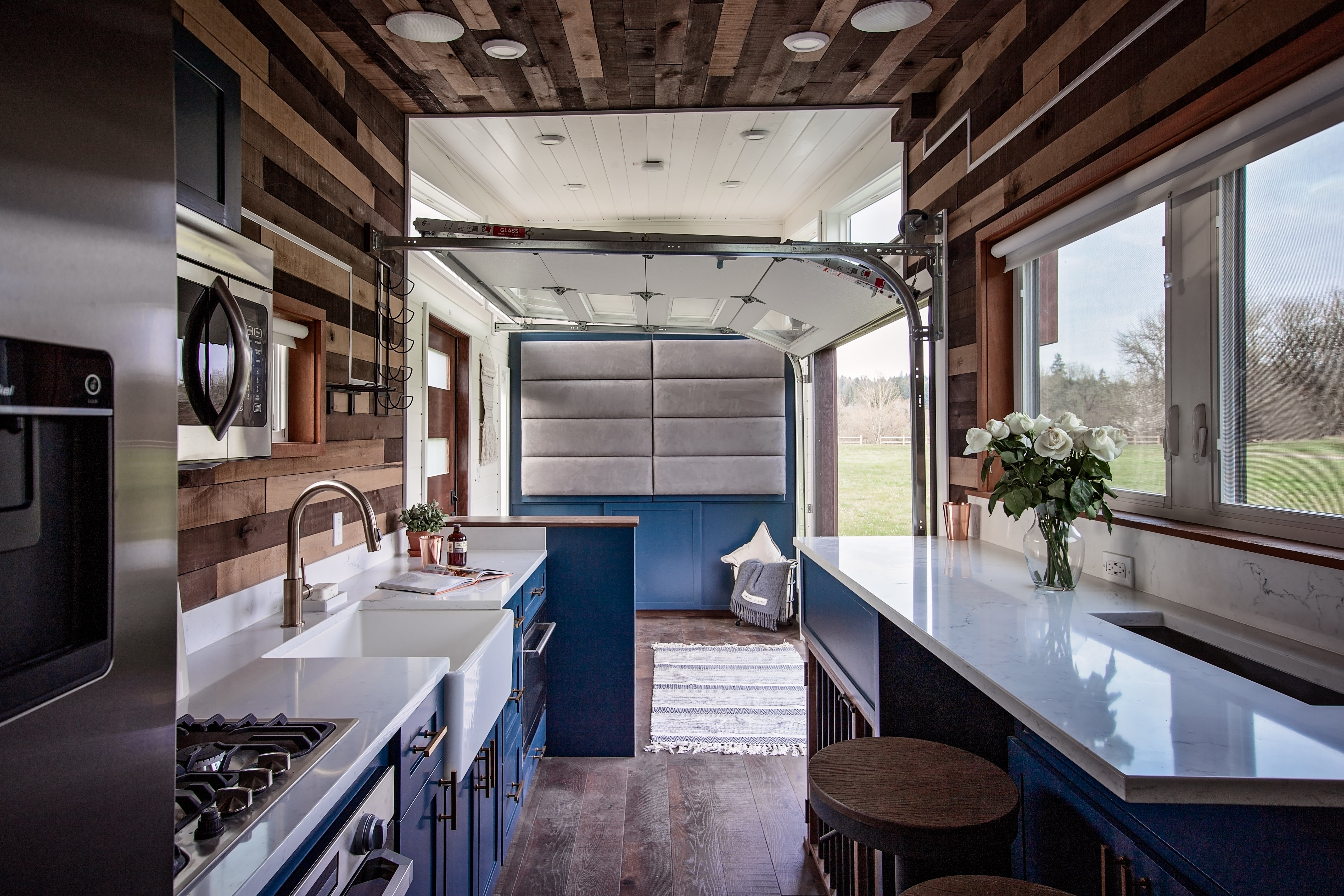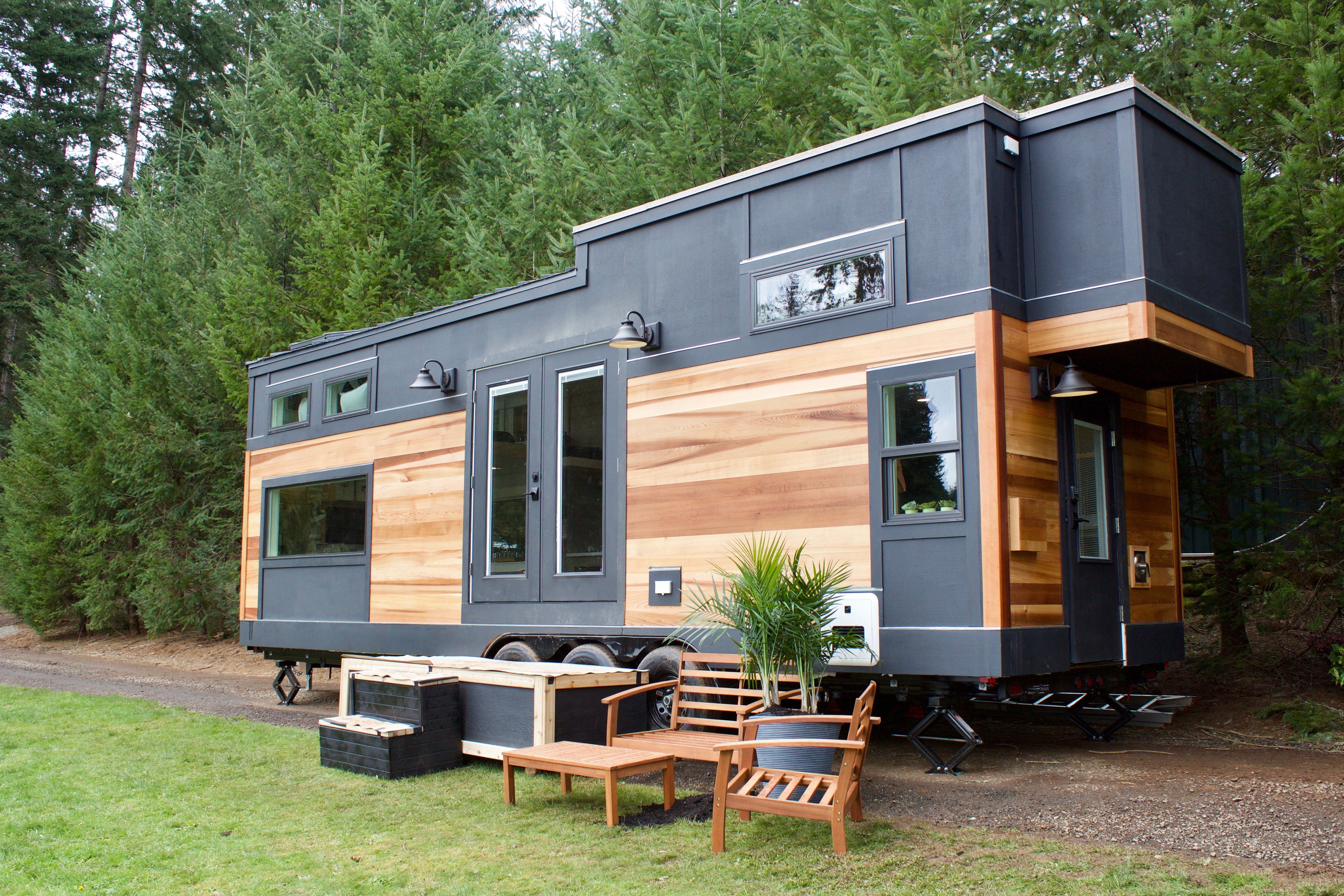Cost overruns in construction projects can lead to significant stress and uncertainty for all parties involved. When construction exceeds the budget, it can result in delays, compromise on quality, and potential legal disputes. Understanding the causes of these budget overruns is crucial for project managers, homeowners, and investors aiming to navigate the complexities of construction finance.
Budget excesses may arise from various factors such as unforeseen site conditions, changes in project scope, or fluctuating material prices. These elements can create a ripple effect, impacting timelines and relationships among contractors and stakeholders. Recognizing these risks early can aid in proactive planning and monitoring.
For those already facing budgetary challenges, it is essential to explore options like value engineering, renegotiation with contractors, or even seeking additional funding. Addressing the issue promptly can help mitigate further complications and ensure that project goals remain within reach when building a home.
Identifying the Causes of Budget Exceedance
Understanding the causes of budget exceedance is essential for anyone involved in construction. Various factors contribute to financial overruns, including inaccurate estimations, unplanned changes, and rising material costs.
Inaccurate Cost Estimations
Cost estimations are foundational to any construction project. When estimations are inaccurately calculated, it can lead to significant budget overruns. Key reasons for this include:
-
Inadequate Research: Failing to gather comprehensive data on labor and materials.
-
Assumptions: Making assumptions without solid backing can skew projections.
-
Lack of Contingency Planning: Not accounting for unexpected issues can result in sudden expenses.
Accurate estimates require updates and revisions throughout the project to reflect real costs and progress. Trustworthy construction calculators help project managers more accurately calculate labor, materials, and schedules, leading to more precise project estimates.
Unplanned Changes in Construction
Change orders are common in construction and can lead to budget exceedance. These changes usually arise from:
-
Design Modifications: Alterations made by the owner or architect often add costs.
-
Regulatory Requirements: New laws or codes can necessitate modifications.
-
Site Conditions: Unforeseen conditions, such as hazardous materials or unexpected soil issues, can compel significant alterations.
These factors can dramatically affect timelines and overall costs. Effective communication among all parties involved can help minimize disruptions.

Increase in Material Prices
Fluctuations in material costs are another significant contributor to budget overruns. Key factors include:
-
Market Volatility: Prices can increase due to demand outpacing supply.
-
Global Events: Situations like natural disasters or geopolitical tensions can affect availability.
-
Supplier Changes: Switching suppliers mid-project may lead to higher prices.
Keeping abreast of market conditions and securing fixed-price contracts where possible can mitigate this risk.
Strategies for Managing a Budget Overrun
When construction projects exceed their budget, effective strategies are essential to regain control. Addressing cost management, adjusting the project scope, and exploring funding options can significantly mitigate the impact of budget overruns.
Cost Control Mechanisms
Implementing cost control mechanisms is crucial for managing a budget overrun. Regularly tracking expenses against the budget allows project managers to identify variances early. This can involve detailed reporting, budgeting tools, and software designed for construction management. Key practices include:
-
Establishing a contingency fund: Setting aside a percentage of the budget can help manage unexpected costs.
-
Monitoring labor and material costs: Keeping a close watch on fluctuations can prevent overspending.
-
Conducting regular financial reviews: Frequent assessments of the project’s financial health facilitate timely adjustments.
By actively managing expenses, the project team can maintain a clearer financial trajectory.
Adjusting the Project Scope
Sometimes, a project may require scope adjustments to align with budget constraints. This involves identifying less critical components that can be scaled back or eliminated. Key considerations include:
-
Prioritizing essential features: Focus on what is necessary for functionality and safety.
-
Phasing the project: Breaking larger projects into smaller, more manageable phases allows for budget adherence.
-
Involving stakeholders: Engaging clients and stakeholders in decision-making fosters transparency and collaboration.
This strategy provides flexibility while ensuring the core objectives are still met.
Securing Additional Funding
If budget overruns are unavoidable, securing additional funding may be necessary. Options include:
-
Revising existing contracts: Negotiating with suppliers or contractors for better rates or flexible terms can alleviate financial pressure.
-
Exploring loans and grants: Various financial institutions and government entities may offer funds specifically for construction projects.
-
Engaging investors: Presenting the project to potential investors may provide the necessary capital infusion.
By exploring these funding avenues, project managers can effectively address budget constraints while maintaining progress on the construction endeavor.






Share: